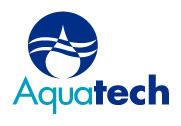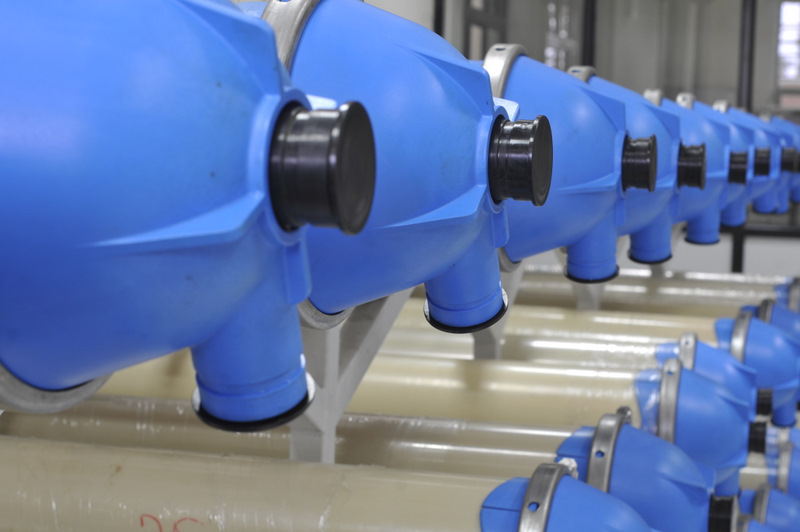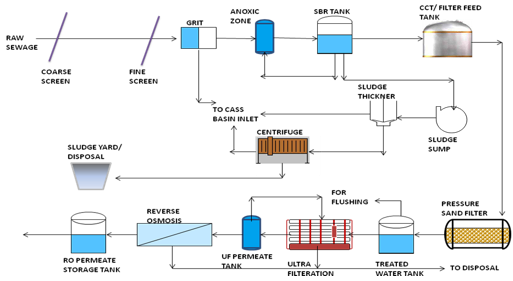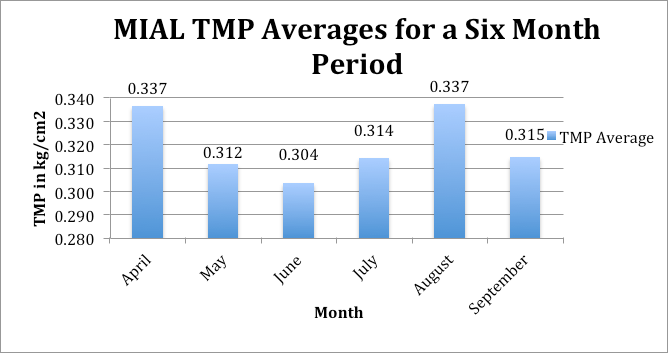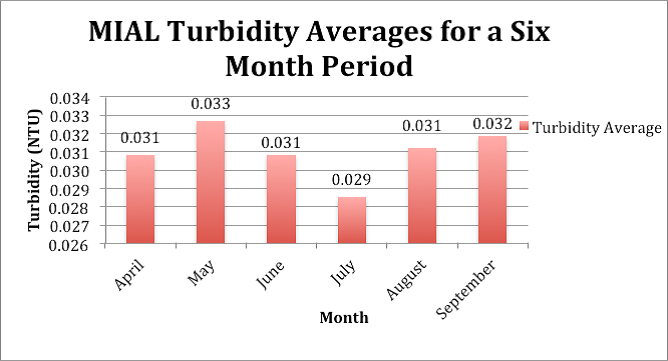Overview
As a part of a massive expansion plan for Chhatrapati Shivaji International Airport located in Mumbai, India, a wastewater recycle project was contracted in 2011 to cater to the growing requirements of the expanded airport.
Due to increasingly strict environmental regulations, the treatment of raw sewage wastewater is required before it is allowed to flow into the natural ecological system. As the airport has a lack of fresh water availability for its needs, it now recycles and reuses the treated sewage water for its operations, such as toilet flushing, horticulture, and HVAC cooling makeup water.
One unique and challenging aspect of the wastewater recycle plant project was that the plant must cover a very limited footprint in order to accommodate all needed components of the airport expansion project. The plant successfully met this small footprint requirement due to innovative engineering designs. QUA’s Q-SEP modules successfully fit the plant’s requirements due to their large surface area and high operating efficiency. The ultrafiltration system follows a Sequencing Batch Reactor (SBR) process and precedes a reverse osmosis treatment system for tertiary treatment. The feed and treated water quality analysis is shown below.

